Berlin: A Dynamic City with Endless Possibilities – 08/2017
Berlin is the capital of Germany and one of the largest cities in Europe, and the most populous one. The city was first mentioned in 1170, but the official date of its establishment is considered to be 1237. The name of the city is believed to originate from the word “Bär” which means “bear” in German, and interestingly enough, a bear is also depicted on the city’s coat of arms.
Today, Berlin is a global center for culture, entertainment, clubs, sports, universities, and much more. It’s a city that never sleeps, offering something for everyone regardless of their interests.
When you take a walk through the city, the first thing that catches your eye is the ongoing construction work. There seems to be a construction site on every corner, with subway lines being extended, new buildings being erected, and communication networks being laid out. Cranes can be seen all around the city, adding to the bustling and dynamic atmosphere of Berlin.
One of the most impressive aspects of Berlin is its rich history. The city has been through a lot, including World War II and the division of Germany, but it has managed to preserve its heritage while also embracing modernity. One of the most prominent examples of this is the Berlin Wall, which once divided the city but now serves as a symbol of unity and peace.
Another iconic landmark of Berlin is the Brandenburg Gate, which is an 18th-century neoclassical monument that has come to represent German reunification and peace. It’s a popular spot for tourists to take pictures and soak in the history and significance of the structure.
Aside from its historical significance, Berlin is also known for its vibrant art scene. There are many museums and galleries in the city, showcasing works from some of the most prominent artists in history, as well as contemporary artists. One of the most famous museums in Berlin is the Museum Island, which is home to five world-renowned museums that offer a glimpse into various aspects of human history and culture.
When it comes to food, Berlin offers a diverse range of cuisine, with influences from all around the world. From traditional German dishes to exotic international flavors, there’s something for every palate in Berlin. Street food is also popular in the city, with many food trucks and stalls selling delicious and affordable snacks.
One of the best things about Berlin is its nightlife. The city is known for its legendary clubs and bars, which attract party-goers from all over the world. The nightlife scene in Berlin is constantly evolving, with new clubs and venues opening up all the time. The city is also home to many music festivals and events throughout the year, making it a must-visit destination for music lovers.
Overall, Berlin is a city that has something to offer for everyone. It’s a place where history and modernity blend seamlessly, creating a unique and vibrant atmosphere. Whether you’re interested in art, history, music, or just want to experience the city’s legendary nightlife, Berlin is a destination that should be on your bucket list.
1. Ukrainian Cossacks Write a Letter to the Russian Sultan, in an Unexpected Location.
2. Checkpoint Charlie was once the most famous checkpoint on the border between East and West Berlin. It was closed in 1990 during the reunification process of Germany. Today, this checkpoint looks more like a circus with various performers and crowds of tourists. Despite its commercialization, it remains a significant symbol of the Cold War era and a reminder of the division that once existed in Berlin.
3. American Signage Remnants in Berlin.
4. Trabant Museum in the GDR. Apparently, it will fall apart soon, just like the GDR itself.
5. The Martin-Gropius-Bau is an applied arts museum and exhibition center in Berlin. However, from the outside, it looks like an abandoned building with boarded-up windows. Despite its unassuming appearance, the museum houses an impressive collection of decorative arts, crafts, and design objects, and regularly hosts international exhibitions and cultural events. The contrast between its exterior and interior adds an interesting dimension to the museum-going experience.
6. A green parking lot in the center.
7. We’re walking down Stresemannstraße, a busy business and office street, as we approach Potsdamer Platz. The area is bustling with activity, and you can feel the energy of the city as you walk past the towering office buildings and busy sidewalks.
8. The Memorial to the Victims of the Holocaust was opened in 2005. It symbolizes the “short but powerful echoes of the emotions that Jews had to experience during World War II.” The memorial consists of 2,711 concrete slabs arranged in a grid pattern.
9. The Brandenburg Gate was built in 1791. At that moment, there were fewer people around, a rare sight at such a popular landmark.
10. The British Embassy. After the incidents with the car attacks near embassy buildings and crowded areas, quite impressive barriers were added for security measures.
11. Subway construction.
12. The equestrian statue of Frederick the Great, built in 1851, is also known as “Old Fritz” among the locals. It is a prominent landmark in the city.
13. The St. Hedwig’s Cathedral on Bebelplatz is a Catholic church. Its construction began in 1747, but it was completely destroyed in 1943 during an Allied air raid. The cathedral was reconstructed and reopened in 1963.
14. The Humboldt University of Berlin is currently behind reconstruction fences. The university, founded in 1810, is a leading institution for research and education in Germany.
15. The Law Faculty of the Berlin University is housed in the former Royal Library. The building’s impressive architecture and grandeur reflect its history and importance.
16. The building of the Berlin State Opera was constructed in 1742 and is one of the oldest opera houses in Germany. Its grand façade and ornate interior reflect the Baroque style of its time. Today, the opera house continues to showcase a variety of operas, ballets, and concerts.
17. The Berlin Cathedral and TV tower can be seen from Bebelplatz. The cathedral, completed in 1905, is known for its stunning dome and ornate interior. The TV tower, built in 1969, is the tallest structure in Germany.
18. Central entrance to the Berlin Cathedral.
19. Berlin Cathedral, also known as the Evangelical Church, was founded in 1894 and stands at a height of 98 meters. The cathedral has an impressive interior with beautiful stained-glass windows and ornate decorations.
20. The River Spree from the Liebknecht Bridge. The tranquil waters flow peacefully beneath the bridge as boats pass by, providing a serene view of the city.
21. Tourist boats sail along the Spree River past the Cathedral in Berlin. It is a popular way to see the city from the water and take in its architectural landmarks.
22. It’s some kind of Samsung booth. It looks very strange and out of place, and doesn’t seem to fit in with the surrounding area.
23. The Old Museum is an art museum in Berlin that was founded in 1830. It houses an extensive collection of paintings, sculptures, and other art forms from various eras. The museum’s architecture is also a sight to behold, with its neoclassical design and impressive colonnade. Visitors can explore the museum’s vast galleries and discover some of the most iconic works of art from around the world.
24. The Red Town Hall in Berlin was founded in 1861. It is an impressive building that showcases neo-Renaissance architecture. During the war, it suffered significant damage but was eventually restored by 1958. Today, the Red Town Hall is an important landmark that serves as the seat of the city government.
25. St. Mary’s Church is the oldest operating Protestant church in Berlin, founded in 1380. Its striking Gothic architecture and historical significance make it a must-see attraction for visitors to the city. The church has been witness to many important events throughout history and has survived centuries of wars and political upheaval. Today, visitors can attend religious services and admire the church’s stunning stained glass windows, ornate decorations, and peaceful atmosphere.










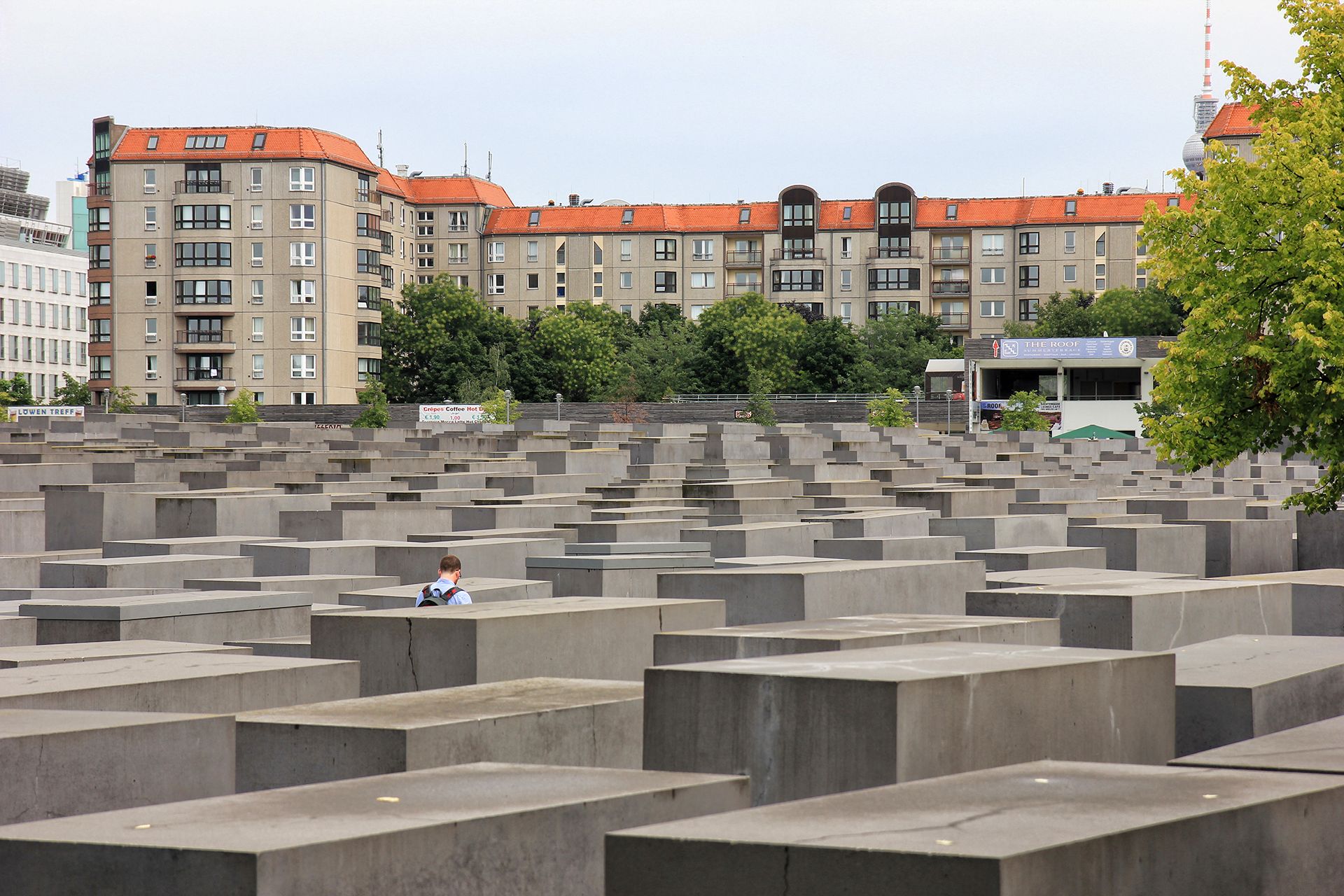

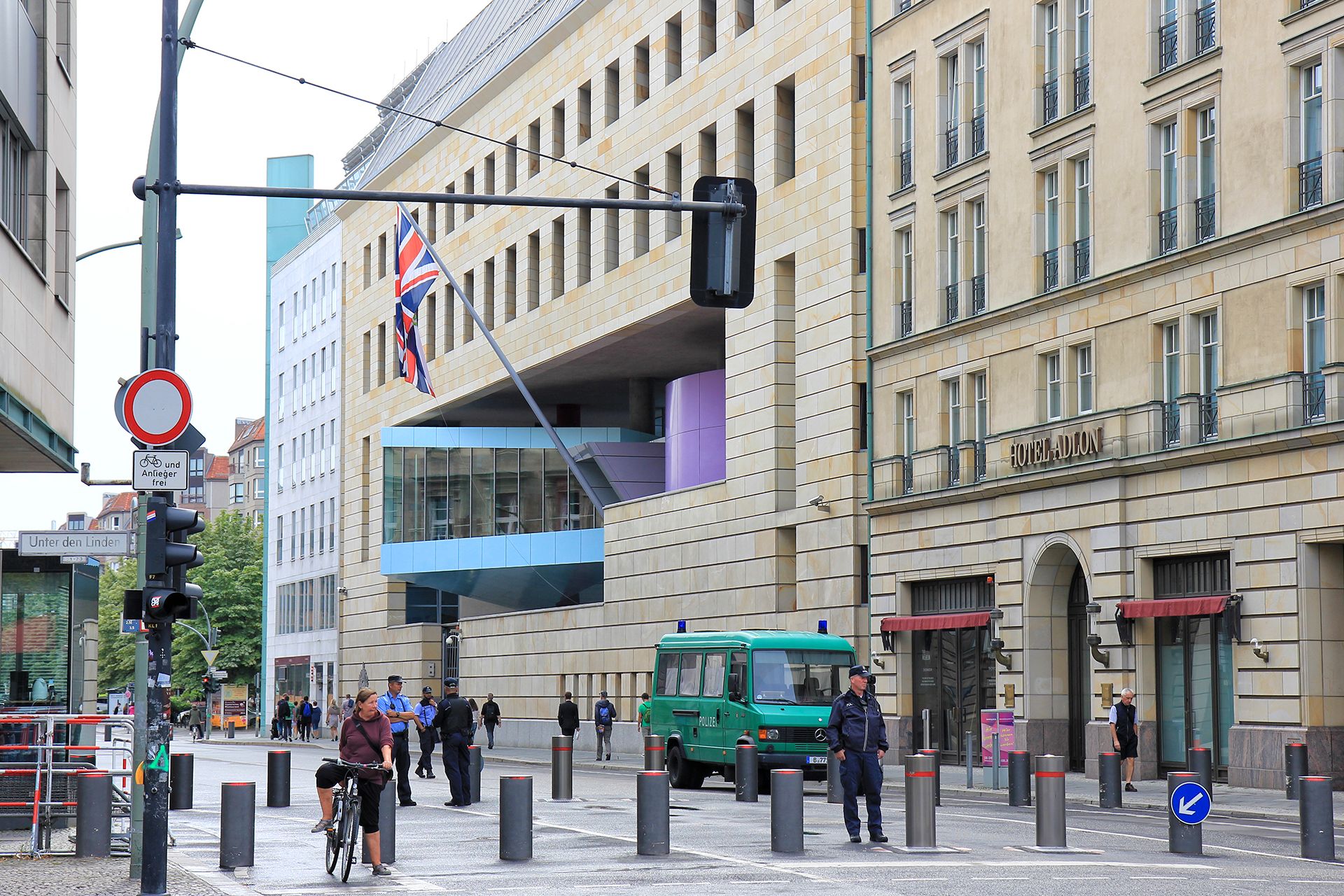







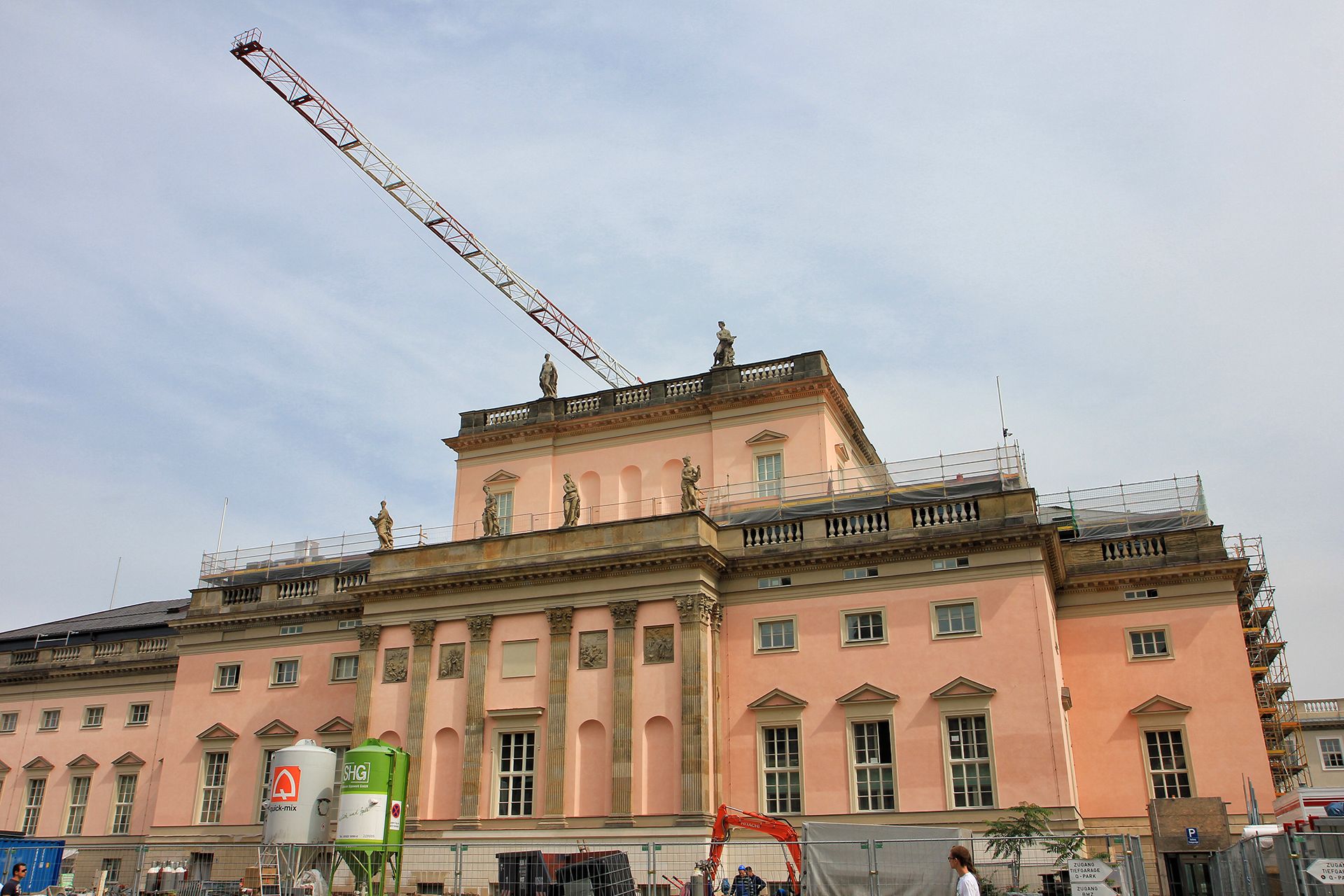
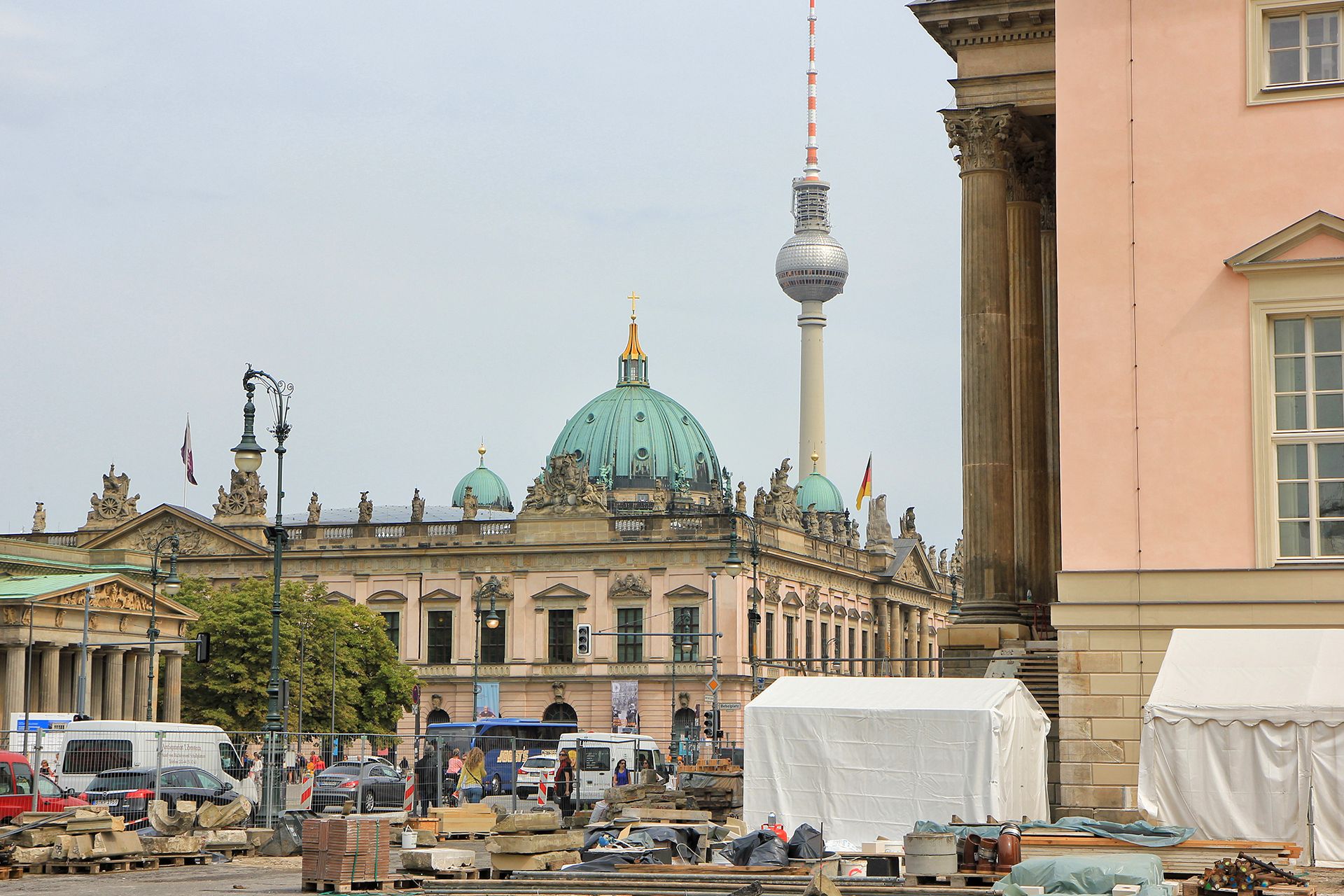
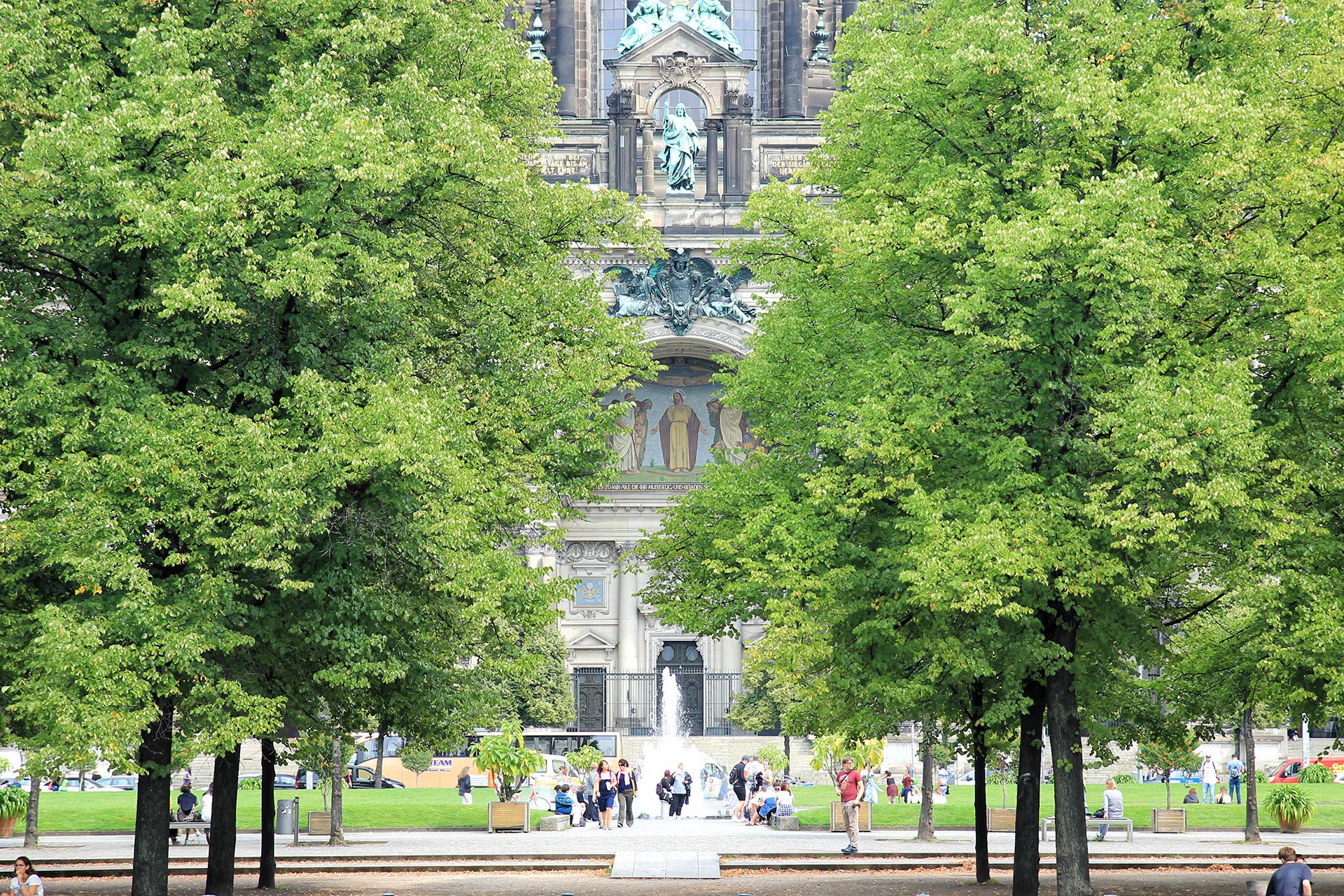




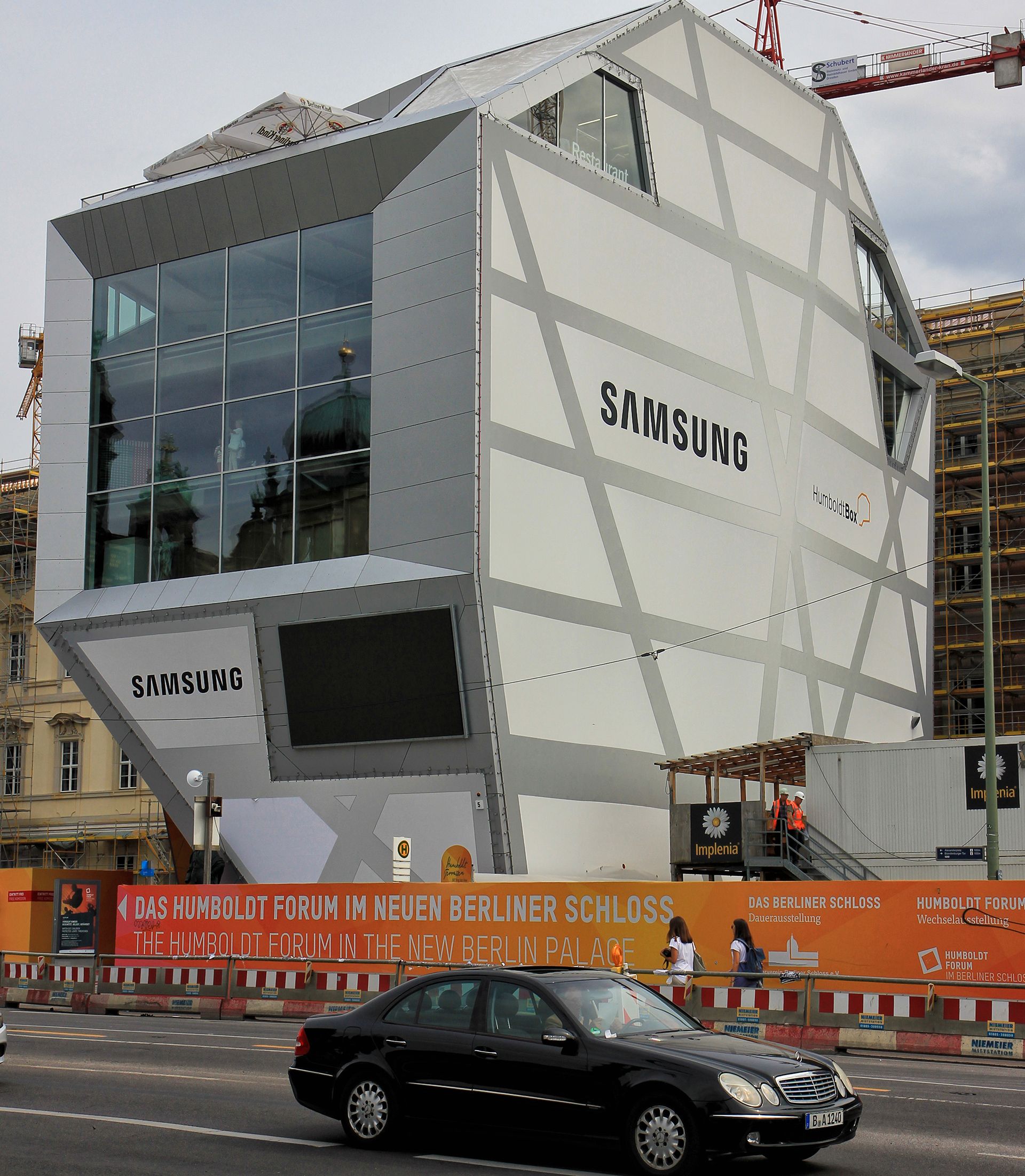



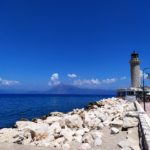
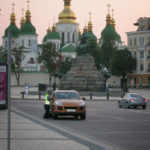








Sorry, the comment form is closed at this time.